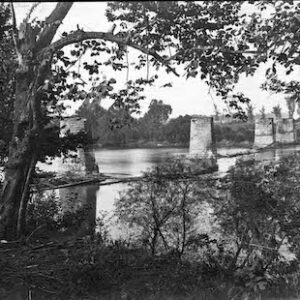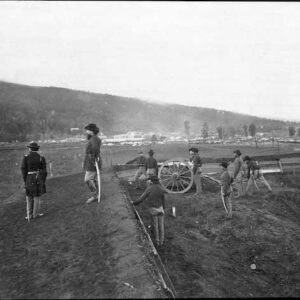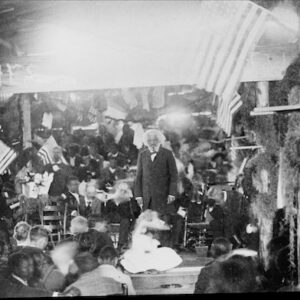Tag: Alabama
Wikipedia says: Alabama is a state in the Southeastern region of the United States, bordered by Tennessee to the north; Georgia to the east; Florida and the Gulf of Mexico to the south; and Mississippi to the west. Alabama is the 30th largest by area and the 24th-most populous of the U.S. states. With a total of 1,500 miles (2,400 km) of inland waterways, Alabama has among the most of any state.
Alabama is nicknamed the Yellowhammer State, after the state bird. Alabama is also known as the “Heart of Dixie” and the “Cotton State”. The state tree is the longleaf pine, and the state flower is the camellia. Alabama’s capital is Montgomery, and its largest city by population and area is Huntsville. Its oldest city is Mobile, founded by French colonists in 1702 as the capital of French Louisiana. Greater Birmingham is Alabama’s largest metropolitan area and its economic center.
The state’s geography is diverse, with the north dominated by the mountainous Tennessee Valley and the south by Mobile Bay, a historically significant port. Politically, as part of the Deep South, Alabama is now a predominantly conservative state, and it is known for its Southern culture.
Originally home to many native tribes, present-day Alabama was a Spanish territory beginning in the sixteenth century until the French acquired it in the early eighteenth century. The British won the territory in 1763 until losing it in the American Revolutionary War. Spain held Mobile as part of Spanish West Florida until 1813. In December 1819, Alabama was recognized as a state. During the antebellum period, Alabama was a major producer of cotton, and widely used African American slave labor. In 1861, the state seceded from the United States to become part of the Confederate States of America, with Montgomery acting as its first capital, and rejoined the Union in 1868.
Civil War and Reconstruction
By 1860, the population had increased to 964,201 people, of which nearly half, 435,080, were enslaved African Americans, and 2,690 were free people of color. On January 11, 1861, Alabama declared its secession from the Union. After remaining an independent republic for a few days, it joined the Confederate States of America. The Confederacy’s capital was initially at Montgomery. Alabama was heavily involved in the American Civil War. Although comparatively few battles were fought in the state, Alabama contributed about 120,000 soldiers to the war effort.
A company of cavalry soldiers from Huntsville, Alabama, joined Nathan Bedford Forrest’s battalion in Hopkinsville, Kentucky. The company wore new uniforms with yellow trim on the sleeves, collar and coattails. This led to them being greeted with “Yellowhammer”, and the name later was applied to all Alabama troops in the Confederate Army.
Alabama’s slaves were freed by the 13th Amendment in 1865. Alabama was under military rule from the end of the war in May 1865 until its official restoration to the Union in 1868. From 1867 to 1874, with most white citizens barred temporarily from voting and freedmen enfranchised, many African Americans emerged as political leaders in the state. Alabama was represented in Congress during this period by three African-American congressmen: Jeremiah Haralson, Benjamin S. Turner, and James T. Rapier.
Following the war, the state remained chiefly agricultural, with an economy tied to cotton. During Reconstruction, state legislators ratified a new state constitution in 1868 which created the state’s first public school system and expanded women’s rights. Legislators funded numerous public road and railroad projects, although these were plagued with allegations of fraud and misappropriation. Organized insurgent, resistance groups tried to suppress the freedmen and Republicans. Besides the short-lived original Ku Klux Klan, these included the Pale Faces, Knights of the White Camellia, Red Shirts, and the White League.
Reconstruction in Alabama ended in 1874, when the Democrats regained control of the legislature and governor’s office through an election dominated by fraud and violence. They wrote another constitution in 1875, and the legislature passed the Blaine Amendment, prohibiting public money from being used to finance religious-affiliated schools. The same year, legislation was approved that called for racially segregated schools. Railroad passenger cars were segregated in 1891.
Showing all 10 results









